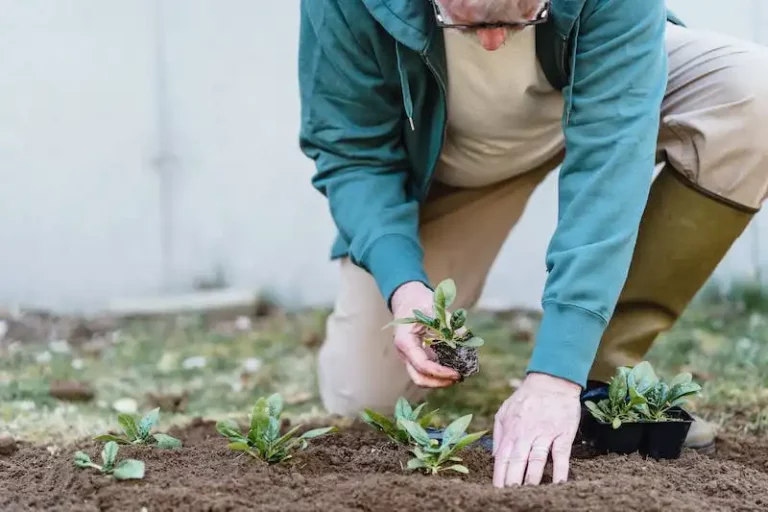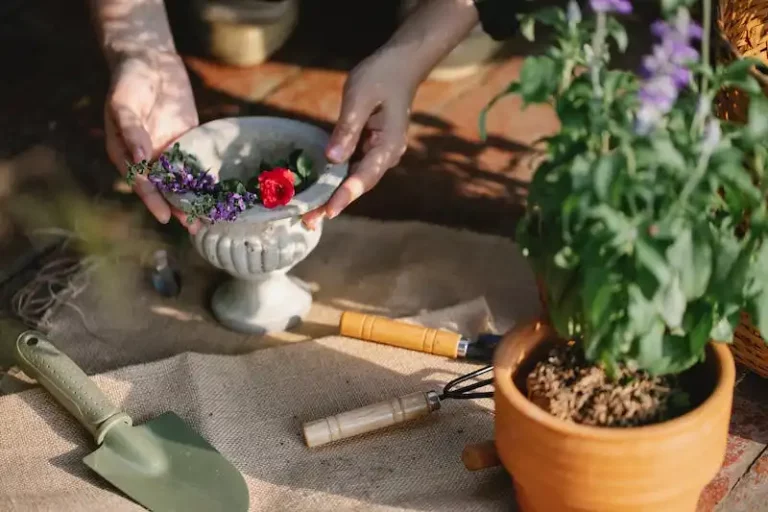Snails and slugs, also known as gastropods, are fascinating creatures that play a small but important role in our ecosystem. While they may seem like just another garden pest, they actually serve as valuable sources of food for a variety of organisms. These slimy creatures are part of the phylum Mollusca, alongside other shell-bearing animals like clams and mussels.
There are different species of snails and slugs, but one of the most common ones is the garden snail, also known as Helix aspersa. This creature has a small, spiral-shaped shell on its back and can be found in gardens, yards, and other outdoor environments. They are usually active at night and like to feed on plants and vegetation.
For many gardeners, snails and slugs can be a problem as they can cause damage to plants by eating the leaves, stems, and fruit. Their feeding can leave behind slimy trails and debris, making the garden or landscape look unsightly. If not managed properly, their populations can quickly grow and become harmful to plants.
Fortunately, there are humane and effective solutions for controlling snails and slugs. One method is to hand-pick them off plants and dispose of them away from the garden. Another option is to set up baits or traps to lure these pests and eliminate them. Some gardeners also choose to create barriers around their plants, such as using copper tape or diatomaceous earth, to deter snails and slugs from reaching their desired food sources.
In addition to implementing these management techniques, it’s also important to be aware of the biology and behavior of snails and slugs. These creatures thrive in moist environments, so it’s crucial to avoid overwatering your garden or yard. Keeping the landscape free from debris, such as fallen leaves or piles of wood, can also help reduce snail and slug populations.
Overall, while snails and slugs may sometimes be seen as pests in the garden, they have an important role to play in the larger ecosystem. By being aware of their presence and taking appropriate measures to control their populations, gardeners can minimize the damage they cause and maintain a healthy and thriving landscape.
Snails in the garden: how to get rid of them
If you have a garden, you may have encountered the problem of snails and slugs. These small mollusks can be a nuisance to your plants, as they typically feed on foliage and can create unsightly damage. Thankfully, there are several ways to effectively eliminate them from your garden.
One common method for getting rid of snails and slugs is by using physical barriers. Placing a layer of mulch or gravel around your plants can create a barrier that these pests cannot easily cross. Additionally, you can create a border using copper tape, as snails and slugs are known to be deterred by the metal.
The use of natural predators such as ducks, toads, or chickens can also be an effective way to control snail populations in your garden. These animals typically feed on snails and slugs and can help keep their numbers in check.
Another option is to employ natural repellents. Creating a saline solution by mixing salt and water and applying it directly to the snails or slugs can be an effective method of elimination. However, it’s important to be aware that an excessive amount of salt can be harmful to plants and other wildlife.
There are also commercially available snail and slug repellents that you can use. These products typically contain chemicals that are not harmful to plants or humans but are effective at deterring snails and slugs.
One important step in controlling snails in your garden is to eliminate their food source. Snails typically feed on decaying plant matter, so removing any fallen leaves or overripe fruit can help reduce their numbers. Keeping your garden clean and well-maintained can also make it less attractive to snails and slugs.
If you find snails or slugs in your garden, there are several tips for removing them. You can manually pick them off your plants and place them in a container for disposal. Another option is to create a trap by burying a small bowl in the soil and filling it with beer. Snails are attracted to the scent of the beer and will fall into the trap.
It’s important to note that not all snails and slugs are harmful to your garden. Some species are considered beneficial as they play a role in breaking down organic matter and scavenge for food. However, if you have a snail or slug infestation that is causing damage to your plants, it may be necessary to take action to eliminate them.
In conclusion, snails and slugs can be a common problem in gardens, but there are several effective methods for controlling their population. By implementing physical barriers, using natural predators, applying repellents, and removing their food source, you can effectively get rid of these pests and protect your plants.
Latest articles
Here are some of our latest articles about slimy creatures that can be found in your yard.
- How to Identify Snails and Slugs
- Learn about the Gastropoda Class
- Prevent Snails and Slugs from Entering Your Garden
- Hand-Pick Snails and Slugs Effectively
- How to Rid Your Landscape of Snails and Slugs
- Weather and Its Impact on Snail and Slug Populations
- Common Chemicals Used to Control Snails and Slugs
- Frequently Asked Questions about Snails and Slugs
- How to Identify and Remove Snail and Slug Hideouts
We hope these articles will help you better understand and deal with the presence of these slimy creatures in your yard.
What are snails
Snails are a type of mollusk that can be found in various areas, including gardens. They are commonly seen in gardens because they prefer high humidity and moist environments. Snails are different from snakes and other reptiles, as they have a soft body covered by a hard shell.
Snails move using a muscular foot, which they extend and contract in a rhythmic motion. This physical movement allows them to glide along surfaces and navigate through their environment. Snails can also produce a slimy mucus as they move, which helps reduce friction and aid in movement.
In terms of their diet, snails eat a variety of foods, including plants, weeds, and decaying matter. They are especially fond of tender leaves and young shoots. To protect your garden from snail feeding, you can try using some humane methods to deter them. Some gardeners introduce chemicals or barriers that are hostile to snails, such as copper tape or diatomaceous earth.
Another method is to create hiding places for snails in the garden. This can be done by layering mulch or rocks in certain areas. Snails often hide under these objects during the day to avoid drying out or being exposed to predators. By providing them with hideouts, you can keep them away from your plants.
Some gardeners also use natural predators to control snail populations, such as ducks or chickens. However, this method may have drawbacks, as these animals can also damage the garden or other beneficial insects.
Overall, snails play a role in the ecosystem, helping to break down organic matter and recycle nutrients. While their presence may be frustrating to gardeners, it’s important to find a balance between managing snail populations and maintaining a healthy garden.
In the afternoon or evening, when snails are most active, you can manually remove them from your garden. Simply pick them up with gloves or a tool and relocate them to a different area. Be sure to handle them with care, as their shells are fragile and can easily break.
To prevent snails from accessing your plants, you can create a barrier around the garden. This can be done by placing a strip of copper or sharp gravel around the perimeter. Snails dislike the sensation of these materials and are less likely to cross them.
Another option is to use natural repellents, such as coffee grounds or crushed eggshells. Sprinkling these around your plants can deter snails, as they don’t like the texture or scent. However, be aware that these methods may need to be reapplied regularly, especially after rainfall.
In conclusion, snails are fascinating creatures that can be both beneficial and troublesome in the garden. By understanding their behavior and utilizing humane methods, you can effectively manage their presence while maintaining a healthy and thriving garden environment.
The Role of Snails in the Garden
Thankfully, these slimy creatures play an important role in the garden ecosystem. While snails can be a nuisance to gardeners, they serve several beneficial functions.
Snails help to break down organic matter in the soil, aiding in its decomposition. They also feed on decaying plant material, helping to keep the garden clean and free of debris. Additionally, snails are known to control populations of other pests, such as slugs and small insects.
In addition to their role in composting and pest control, snails serve as a food source for many wildlife species. Birds, toads, and some beetles rely on snails as part of their diet. By leaving snails in your garden, you can attract and support a diverse range of wildlife, adding to the overall biodiversity of your yard.
While snails can cause damage to plants, especially when their populations are high, there are various methods for controlling them without using harsh pesticides. Some gardeners choose manual methods, such as handpicking or using barriers to keep snails away from vulnerable plants. Others use natural predators, like toads or decollate snails, to help rid the garden of unwanted snail populations.
In addition to controlling snail populations, it is important to be aware of the potential drawbacks of using pesticides. Pesticides can harm other beneficial insects and wildlife, disrupt the balance of the garden ecosystem, and contaminate soil, water, and air. Instead, many gardeners are turning to organic gardening methods, which focus on creating a balance between pests and natural predators, and using organic and environmentally-friendly solutions to manage garden pests.
| FAQs about Snails in the Garden |
| 1. Are snails beneficial to the garden? |
| Yes, snails play a role in composting, pest control, and attracting wildlife. |
| 2. How can I control snail populations without using pesticides? |
| You can try manual methods like handpicking or using barriers, or introduce natural predators like toads or decollate snails. |
| 3. Are snails harmful to plants? |
| Sometimes snails can cause damage to plants, especially if their populations are high. |
| 4. What are the benefits of organic gardening? |
| Organic gardening promotes a healthy ecosystem, reduces chemical pollution, and supports biodiversity. |
| 5. How can I identify snails in my garden? |
| Snails have a distinctive spiral shell and move by gliding on a slimy trail. |
| 6. What is the best way to eliminate snails? |
| There is no one-size-fits-all solution, but a combination of manual methods, natural predators, and organic gardening techniques can help keep snail populations under control. |
| 7. Can snails survive harsh weather conditions? |
| Snails can survive extreme weather conditions by finding shelter and sealing the opening of their shells with a layer of dried mucus. |



